Mon 21 Sep 2015 by Philip Woodcock
Several initiatives are underway to record safety statistics in the offshore wind industry, but more needs to be
done
A small piece of history was achieved with regard to health and safety reporting in the offshore wind industry at Seawork
2015, when the National Workboat Association (NWA), which represents many of the operators of workboats used in the
offshore wind industry, released its inaugural workboat safety statistics. While open reporting of health and safety
statistics is commonplace in many industries, it is in its infancy in the offshore wind industry. The G9 Offshore Wind
Health and Safety Association only started its own reporting scheme in 2013.
Following a period of adverse publicity regarding the safety of workboats – which the NWA was not able to properly
refute without sounding defensive because it had no statistics – it was decided to do something about it. In April 2014, the
Workboat Safety Forum was founded and tasked with starting a data-gathering exercise. As it is always difficult to
commence such an undertaking, especially in the middle of the year, the initial objectives were conservative. However,
members, with their usual ‘can do’ attitude, far exceeded the initial objective of 1 million man hours by a factor of 4.5.
It was agreed with members that, for the first year, the scope would be kept very limited. It was a common wish to not set
the bar too high and fail, so it was agreed to only record incidents that caused harm to humans. This excluded near
misses, damage or environmental incidents. The reporting was therefore limited to fatalities, lost-time injuries – with
those requiring reporting to the Marine Accident Investigation Branch (MAIB) shown separately – and minor injuries.
As many of the vessels are crew transfer vessels, an attempt was also made to separate out crew exposure hours and
incidents from that of passengers to try and see if there were any trends there. This was hard to achieve, with some
companies not recording passenger exposure hours at all or others, like Acta Marine Wind Services, consolidating data.
The results show that this is a start, but there is a long way to go to improve data quality and sample size and to reduce
the lost-time injury frequency rate (LTIFR) and total recordable incident rate (TRIR) in order to be more in line with
industry.
From a standing start, the NWA managed to record 4,587,631 man hours, with members returning statistics from 242
vessels. The headline statistic is that, for 2014, there were no fatalities – but there were 23 lost-time incidents.
The total numbers of incidents recorded was 73. The NWA decided to follow the standard set by the International Marine
Contractors Association and normalise reported incidents per 1 million man hours worked. This helps to put statistics into
perspective and benchmark them against other industries.
One interesting observation was that there was no notable disparity in results between crew transfer vessels and
traditional workboats. It was noted that there needs to be increased effort on reporting passenger exposure hours and
incidents directly related to passengers on crew transfer vessels to better understand the incident make-up in that branch
of the industry.
As a first effort that went from concept to delivery of results in 12 months, the members of the NWA should take pride in
what has been delivered. The results are, however, just a starting point, and in the 2015 campaign, more effort will be
needed to better understand the returns and to look at ways of improving safety onboard and offshore.
Philip Woodcock, operations director, Workships Contractors, as managers for Acta Marine Wind Services



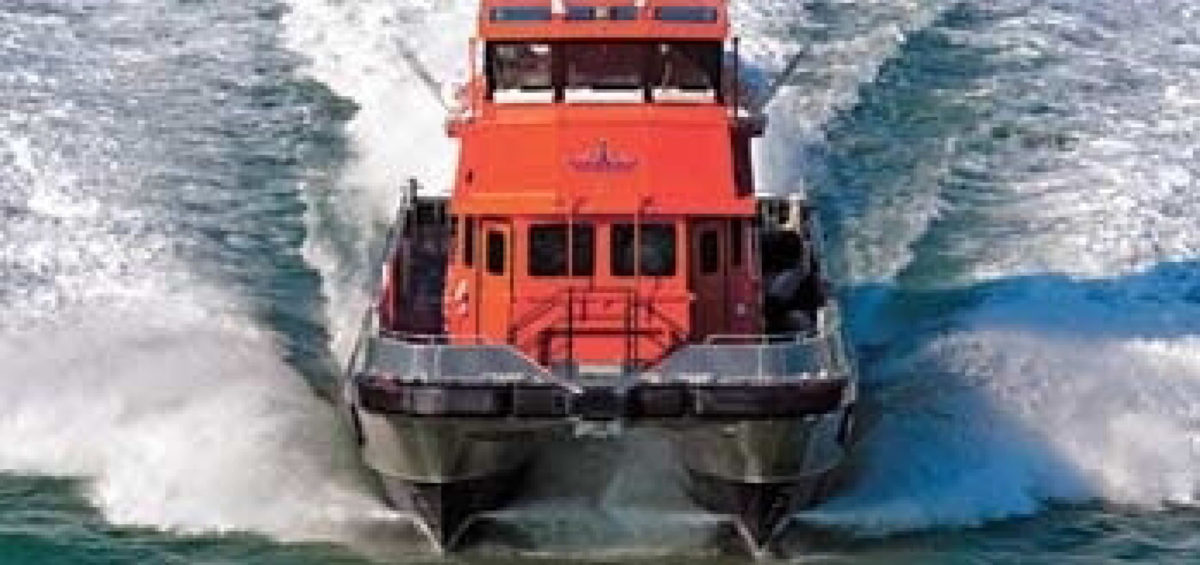
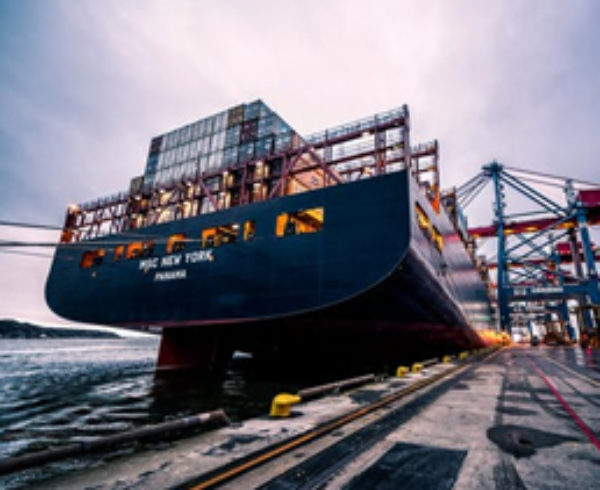
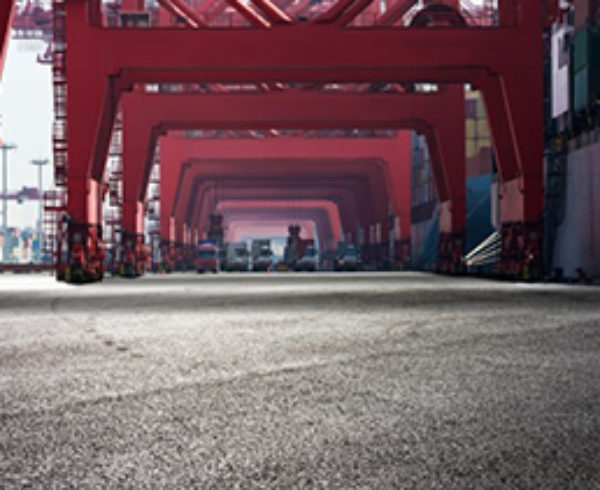
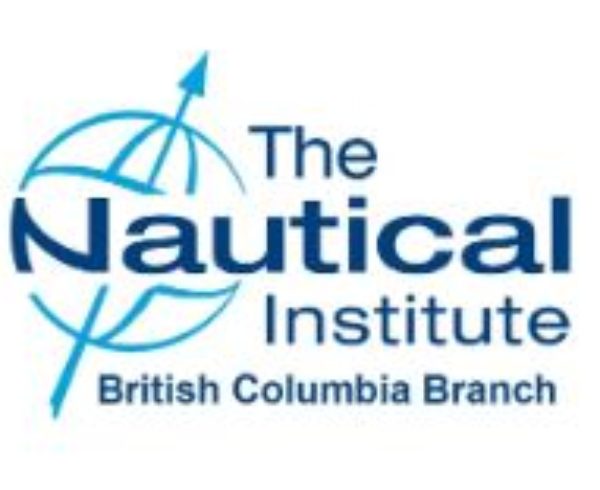
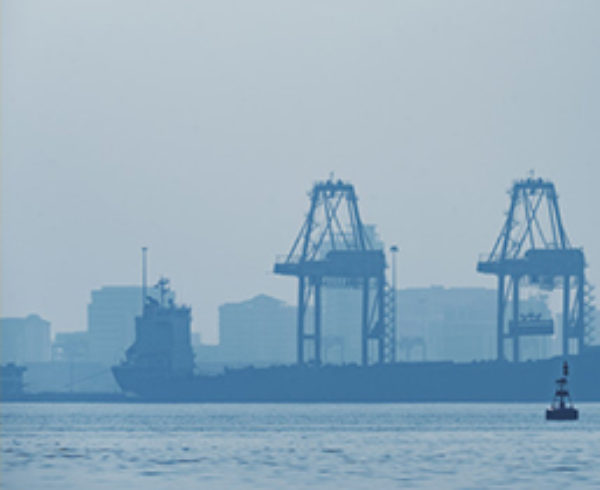

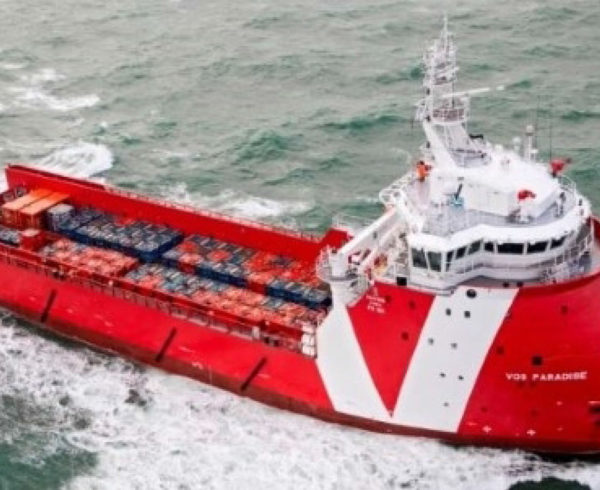
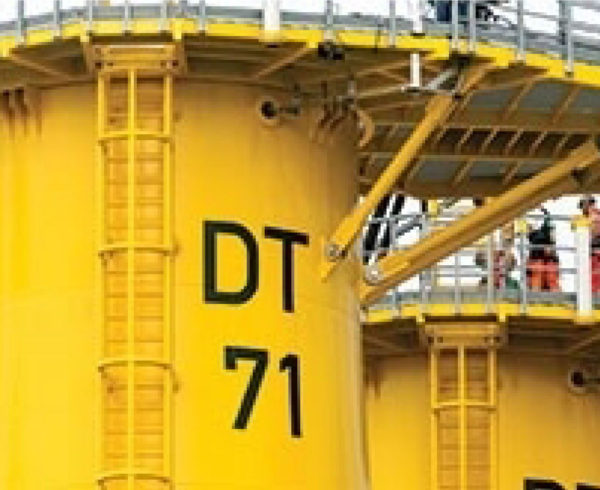


Leave a Comment